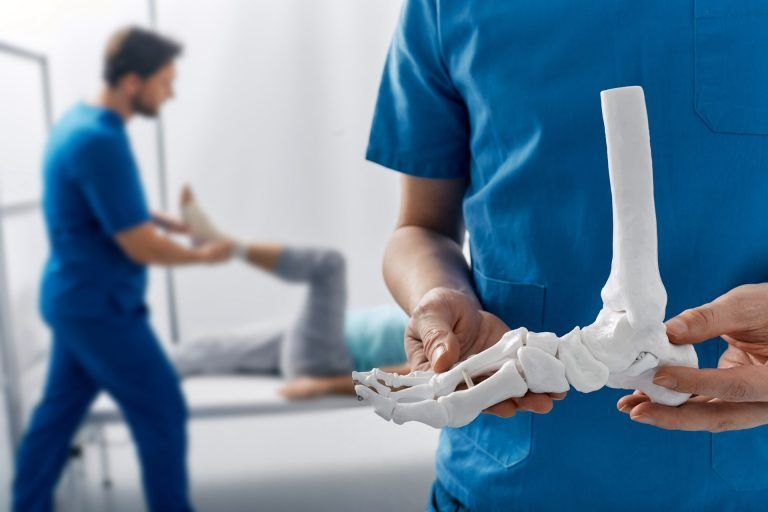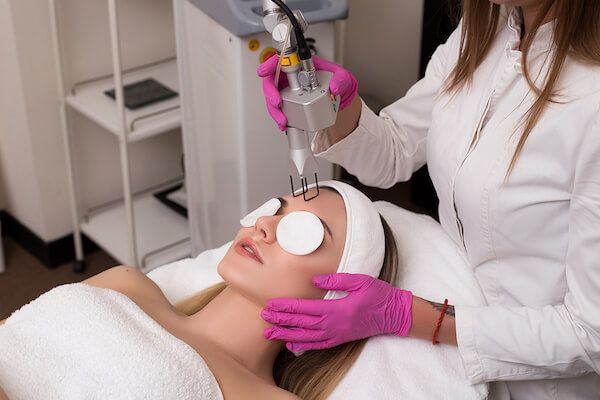From precision-driven surgeries to smart rehabilitation systems, advancements are redefining how patients recover and regain mobility. Behind this evolution lies a powerful force—strategic investment. Orthopedic healthcare investments are paving the way for innovation, accessibility, and better patient outcomes across the globe.
Innovation Fueled By Orthopedic Healthcare Investments
Orthopedic healthcare investments refer to the financial support directed toward the development of new medical technologies, research, and specialized infrastructure within orthopedic medicine. These investments are the backbone of progress. They fund robotic-assisted surgeries, advanced imaging tools, and personalized implants that make treatment faster and safer. Hospitals and clinics equipped with such technologies can now perform minimally invasive procedures that reduce recovery times and improve precision. The wave of innovation driven by orthopedic healthcare investments has made complex surgeries less daunting and recovery journeys more efficient than ever before.
Technology Integration In Modern Orthopedic Care
Technology is at the heart of modern orthopedic advancements. Artificial intelligence, 3D printing, and data analytics have all found a place in operating rooms and rehabilitation centers. AI-powered diagnostic tools help surgeons plan operations with unmatched accuracy, while 3D-printed implants provide perfect fits for each patient’s anatomy. The combination of digital technology and orthopedic expertise ensures patients receive treatment tailored to their unique needs. As more organizations channel funds into this field, these once high-end innovations are gradually becoming standard in orthopedic healthcare systems worldwide.
Patient-Centered Solutions Through Orthopedic Healthcare Investments
Another major shift brought by orthopedic healthcare investments is the growing focus on patient-centered care. Investors and medical developers are aligning their goals to improve overall patient experiences. From ergonomic braces to smart prosthetics, every innovation aims to enhance comfort and functionality. Even post-surgery care is evolving with digital monitoring tools and virtual physical therapy programs. These advancements allow patients to heal at home under professional supervision, reducing hospital stays and associated costs. Thanks to continued orthopedic healthcare investments, the focus has expanded beyond treating pain—it’s now about restoring quality of life.
Expanding Access To Advanced Treatments
One of the most meaningful outcomes of these investments is increased access to specialized care. Previously, advanced orthopedic treatments were limited to major urban hospitals. Now, smaller regional centers are being equipped with cutting-edge technology and expert teams. Funding is also being used to train medical staff, ensuring that high-quality care reaches patients in underserved areas. This expansion not only bridges healthcare gaps but also strengthens global orthopedic networks, making innovative treatment a universal standard rather than a privilege.
Sustainable Growth In The Orthopedic Industry
The orthopedic sector isn’t just advancing technologically—it’s growing economically. Orthopedic healthcare investments are generating opportunities for startups, medical device manufacturers, and research institutions. This growth fuels competition, which drives further innovation. Companies are now racing to develop lighter materials for implants, smarter sensors for mobility tracking, and even AI-driven rehabilitation plans. The synergy between science, business, and care delivery ensures that the industry evolves sustainably while meeting rising global demand.
Conclusion
The landscape of orthopedic medicine is changing rapidly, powered by thoughtful and strategic investments. Each dollar directed into orthopedic healthcare investments builds a bridge between innovation and improved human mobility. From robotics to patient-centered recovery tools, every advancement moves the world closer to pain-free, active living. As technology and medicine continue to merge, the promise of accessible and effective orthopedic care becomes not just a goal—but a global reality.





